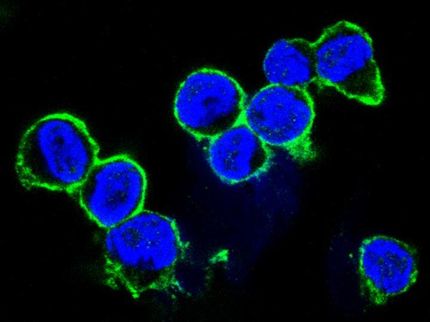Identical twins reveal mechanisms behind aging
Advertisement
In a recent study led by Uppsala University, the researchers compared the DNA of identical (monozygotic) twins of different age. They could show that structural modifications of the DNA, where large or small DNA segments change direction, are duplicated or completely lost are more common in older people. The results may in part explain why the immune system is impaired with age.
During a person's life, continuous alterations in the cells' DNA occur. The alterations can be changes to the individual building blocks of the DNA but more common are rearrangements where large DNA segments change place or direction, or are duplicated or completely lost. In the present study the scientists examined normal blood cells from identical (monozygotic) twins in different age groups and looked for large or smaller DNA rearrangements.
The results showed that large rearrangements were only present in the group older than 60 years. The most common rearrangement was that a DNA region, for instance a part of a chromosome, had been lost in some of the blood cells. Certain, almost identical, rearrangements were found in several individuals and some of these could be correlated with a known blood disease in which the bone marrow's capacity to produce new blood cells is disturbed. Rearrangements were also found in the younger age group. The changes were smaller and less complex but the researchers could also in this case show that the number of rearrangements correlated with age.
"We were surprised to find that as many as 3.5 percent of healthy individuals older than 60 years carry such large genetic alterations. We believe that what we see today is only the tip of the iceberg and that this type of acquired genetic variation might be much more common," says Jan Dumanski, professor at the Department of Immunology, Genetics and Pathology and one of the authors of the paper.
Out of the cell types in blood only white blood cells contain DNA. The researchers believe that the increased number of cells with DNA alterations among elderly can have a role in the senescence of the immune system. If the genetic alterations lead to an increased growth of the cells that have acquired them, these cells will increase in number in relation to other white blood cells. The consequence might be a reduced diversity among the white blood cells and thereby an impaired immune system.
























































